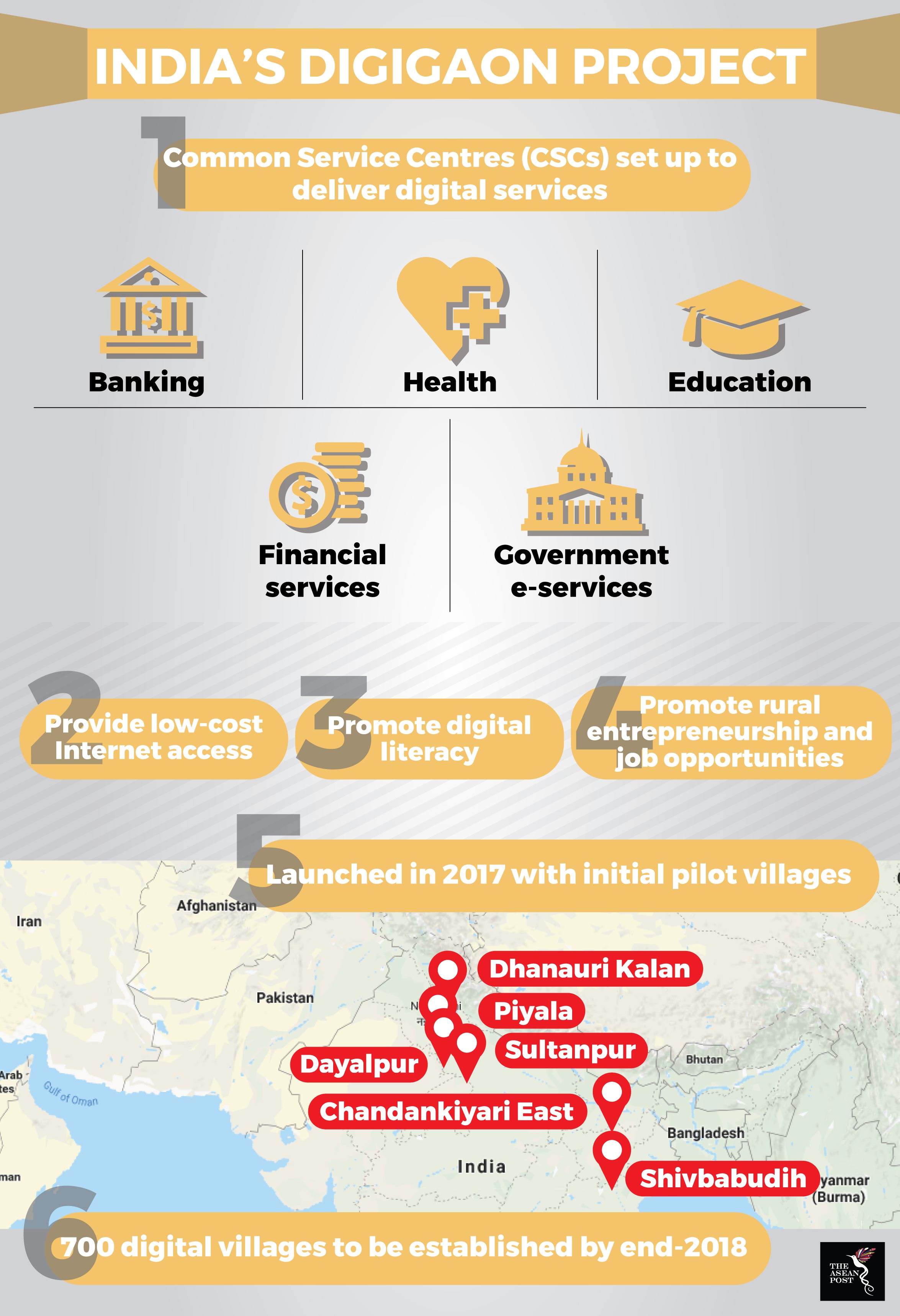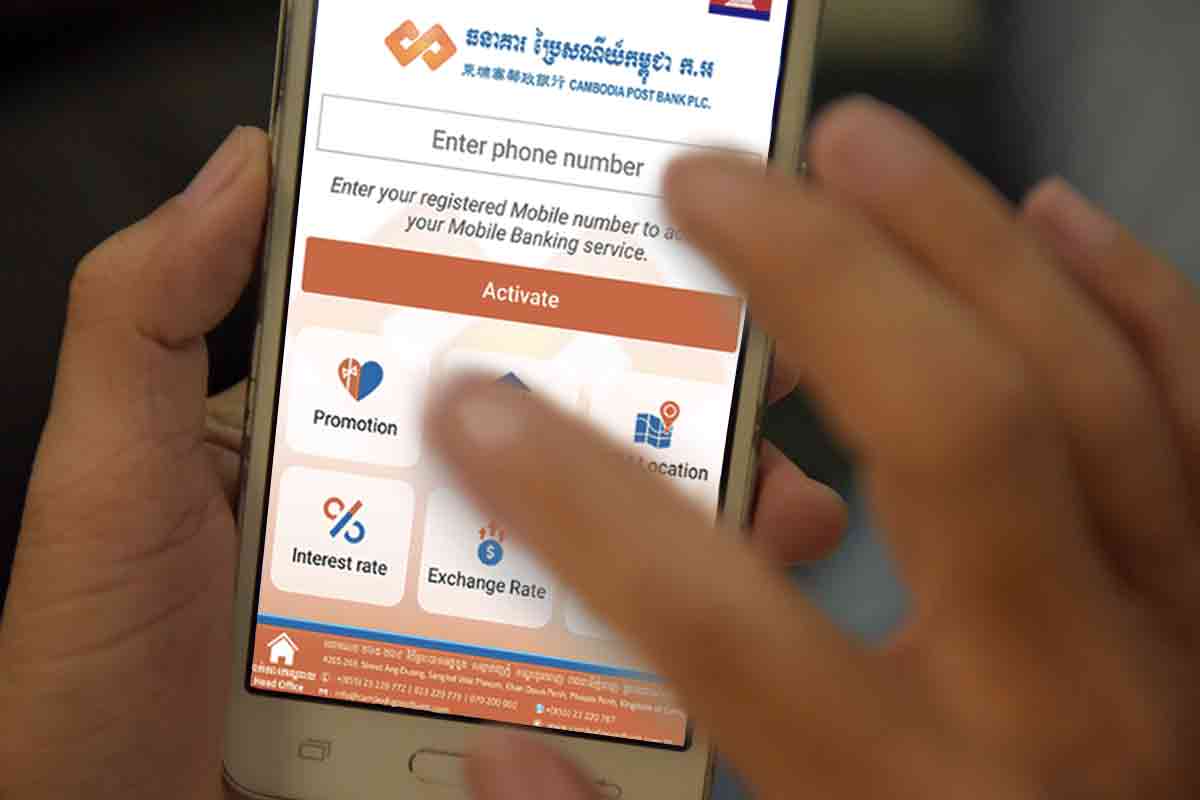India would love to play “Big Brother” in a digital sense to ASEAN. The subcontinent wants to create digital villages in Cambodia, Lao PDR, Myanmar and Vietnam. The first of these projects will be in Traing district in Takeo, Cambodia.
“Traing district will be a testing ground,” said Im Vutha, spokesperson for the Telecommunication Regulator of Cambodia. “Expansion to other villages will depend on the success of this pilot project.”
The project’s advisor will be India’s Telecommunications Consultants India Limited (TCIL). It will set up an ICT centre in the district to provide people with access to the latest information on farming techniques and the market, Vutha added.
India has been championing information and communication technology (ICT) as a driver for growth in the region since 2015. Much like Singapore and Malaysia which embarked on their respective digitalisation projects in the 1980s, India aims to improve Internet connectivity and deliver government services electronically.
In November 2015, India offered a US$1 billion credit line to promote projects that support physical and digital connectivity between India and ASEAN countries. In 2016, India proposed setting up a regional high-capacity optical fibre network, a national rural broadband network, digital villages in rural and remote areas, and capacity building programs.
At the ASEAN-India Connectivity Summit 2017, Lao PDR, Vietnam and Myanmar sought India’s cooperation in ICT, cybersecurity, e-governance, big data and cloud computing centre solutions, said Rakesh Kumar Bhatnagar, director general of India’s Telecom Equipment and Services Export Promotion Council (TEPC).
Closer to home
Projects are currently underway in Cambodia, Lao PDR, Myanmar and Vietnam to increase broadband penetration using India’s Gigabit Passive Optional Network technology. “India is also setting up centres of excellence for software development and training in some ASEAN countries,” he added.
India is in the midst of its own DigiGaon (Digital Village) project. It involves setting up Common Service Centres (CSCs) as access points to deliver digital services. These centres are tasked with providing low-cost Internet access, promoting digital literacy and rural entrepreneurship, and creating job opportunities.
In some villages, the CSCs help villagers set up cottage industries such as producing candles, incense sticks and sanitary napkins.
The CSCs have introduced changes in banking, pension distribution, digital literacy and telemedicine to rural and remote villages, said India’s Minister for Electronics and Information Technology, Ravi Shankar Prasad.
With an initial expenditure budget of US$62.1 million, the DigiGaon project started last year with seven villages. By the end of 2018, another 700 villages are targeted to go digital, too.
 Source: Various sources
Source: Various sources
Meanwhile in Gujarat, local bank ICICI has converted Akodara village into the nation’s first digital village. Comprising a population of 1,191, Akodara uses a completely cashless system for payment of goods and services. Most important transactions, sales of agricultural produce and milk at local markets and cooperatives, are done digitally via SMS, net-banking and with the use of debit cards.
The bank has helped every one of the 250 households there to obtain a savings account and provided free vocational training to help villagers embrace digital technology and to depend less on cash. Point-of-sales machines have been set up to enable village retailers to accept digital payments.
This initiative also benefits ICICI bank which gains a lion’s share of customers in the village. The bank aims to transform another 500 villages by the end of the year and train up to 50,000 villagers.
Digital connectivity may also have unintended consequences. In February 2014, the Indian government launched the “minority cyber-gram” project to make the villagers of Chandoli Internet savvy. The village even enjoyed a visit by Facebook CEO, Mark Zuckerberg. Yet, three years later the project was quietly killed off without any reason given.
The NGO in charge of the project, Digital Empowerment Foundation was simply told to vacate its premises at the local government building and was forced to shut down a year later due to a lack of funds.
Villagers believed the centre was closed because local panchayat officials were upset when Internet-savvy schoolchildren noticed their absence at the office and sent off emails reporting them.
Unfettered access to information on the Internet may not be desirable to some authorities and governments. Access to Facebook has been blocked in Malaysia, Vietnam and India on several occasions in the past.
Consequently, India’s goal to connect with ASEAN may be a bumpy ride.
